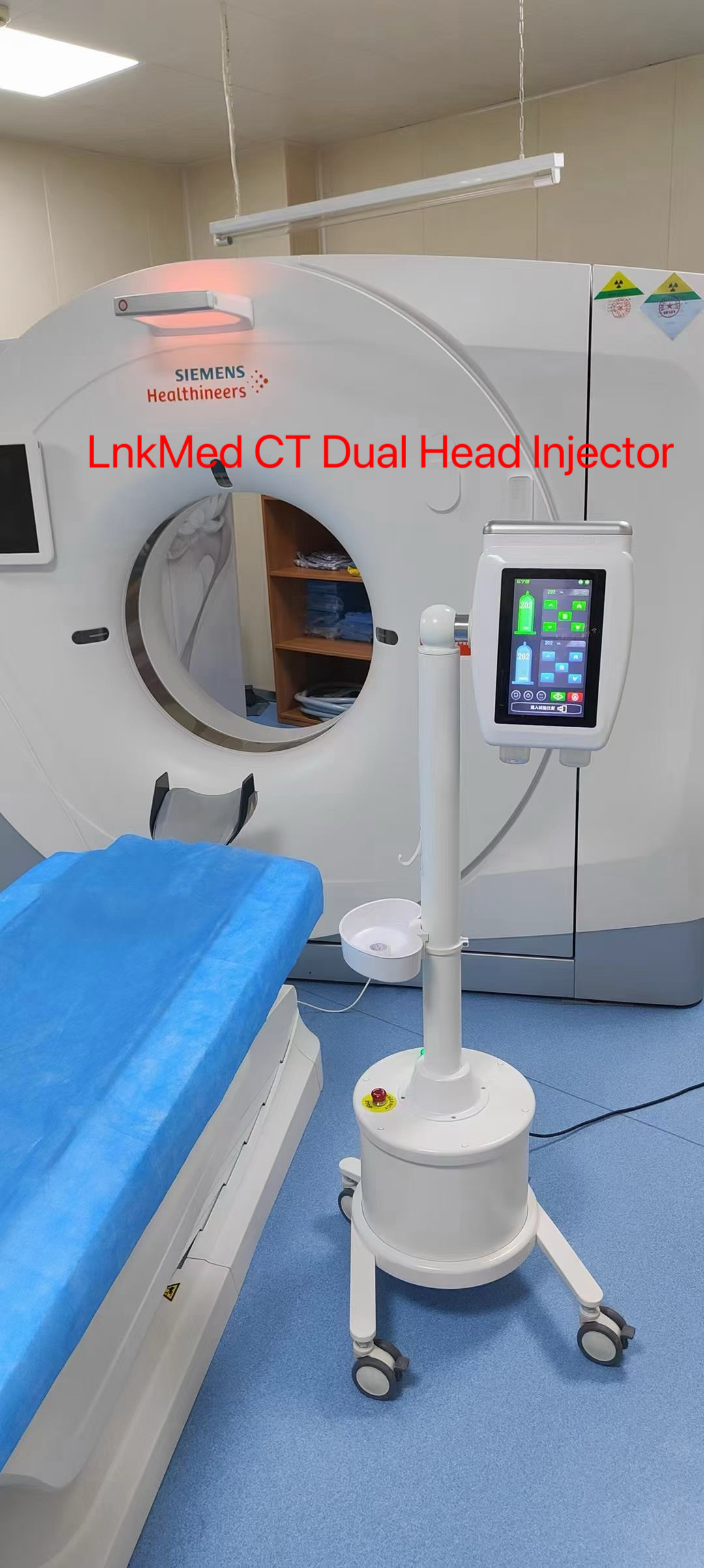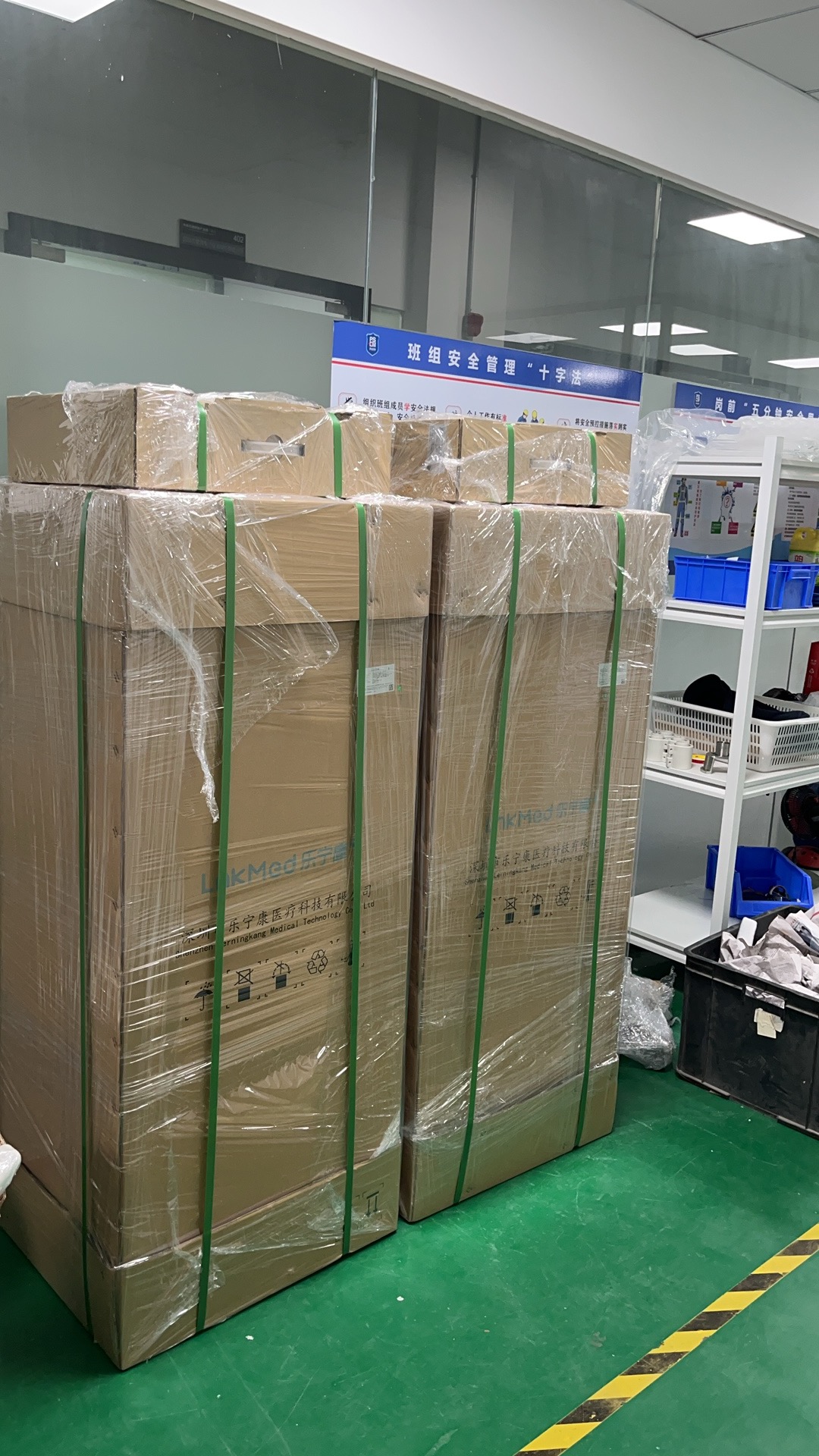Today is a summary of the potential dangers when using high-pressure injectors.
Why do CT scans require high-pressure injectors?
Due to the need for diagnosis or differential diagnosis, enhanced CT scanning is an essential examination method. With the continuous updating of CT equipment, scanning speeds are getting faster and faster, and the injection efficiency of contrast media is also required to keep up.The use of high-pressure injectors just meets this clinical demand.
The use of high-pressure injectors allows CT equipment to play a more outstanding role. However, while it has powerful advantages, we must also consider its risks. Patients may encounter various risks when using high-pressure injectors to rapidly inject iodine.
According to the different physical conditions and psychological endurance of patients, we should foresee the risks of using high-pressure injectors in advance, adopt various measures to prevent the occurrence of various risks, and take prudent emergency measures after the risks occur.
What are the potential risks in using high-pressure injectors?
1. Possibility of contrast agent allergy
Drug allergic reactions are caused by the patient’s own body and are not unique to the iodine used in the CT room. Drug allergic reactions in other departments occur during the treatment of patients’ diseases. When a reaction is discovered, the medication can be stopped in time, so that the patient and his family can accept it. Contrast agent administration in the CT room is completed instantly with a high-pressure CT single injector of CT double head injector. When an allergic reaction occurs, all the drug has been used up. Patients and their families are unwilling to accept the reality of a severe allergic reaction, especially when a severe allergic reaction occurs during a physical examination of a healthy person. It is more likely to cause disputes.
2. Possibility of contrast agent extravasation
Because the injection speed of high-pressure syringes is fast and can sometimes reach 6ml/s, the vascular conditions of patients are different, especially patients with long-term radiotherapy or chemotherapy, whose vascular conditions are very poor. Therefore, contrast agent extravasation is inevitable.
3. Possibility of injector contamination
1. Your hands may touch the joint during the installation of the high-pressure injector.
2. After one patient finished the injection, the next patient did not come, and the piston of the syringe failed to retreat to the root of the syringe in time, resulting in excessive exposure to the air and contamination.
3. The joint of the connecting tube is removed when filling and is not placed in a sterile environment.
4. During the filling of some of the injectors, the stopper of the medicine bottle should be completely opened. Dust in the air and debris from the hand may contaminate the liquid.
4. Possibility of cross-infection
Some high-pressure injectors do not have a positive pressure system. If the tourniquet is restrained for too long before the venipuncture, the pressure in the patient’s blood vessels will be too high. After the venipuncture is successful, the nurse will excessively return blood to the scalp needle,and excessive blood return will pollute the external tube joint of the high-pressure syringe, which will cause great risk to the patient who will inject the next one.
5. Risk of air embolism
1. When the drug is pumped, the speed is too fast, resulting in air dissolved in the solution, and the air rises to the surface after it is still.
2. A high-pressure injector with an inner sleeve has a leakage point.
6. Risk of causing blood clots in patients
1. Inject contrast agent through the indwelling needle brought by the patient from the ward for more than 24 hours.
2. The contrast agent is injected from the lower extremity where the patient has a lower extremity venous thrombosis.
7. Risk of trocar rupture during high pressure administration with indwelling needle
1. Venous indwelling needle itself has quality problems.
2. The speed of injection does not match the model of the indwelling needle.
To learn how to prevent these risks, please move on to the next article:
“How to Deal with the Potential Risks of High Pressure Injectors in CT Scans?”
Post time: Dec-21-2023











